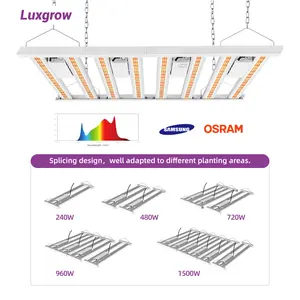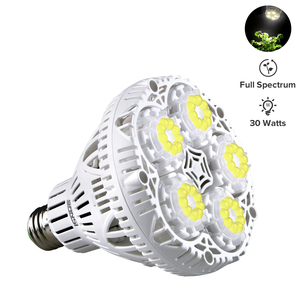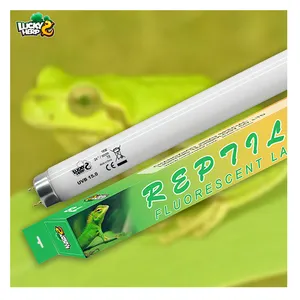In nature, the conditions for organisms to grow are tightly controlled by a multitude of factors. From the amount of sunlight to the soil composition, even the slightest change can have catastrophic consequences. In this context, plant lovers and experienced horticulturists alike can have a hard time growing plants indoors, especially in apartments where sunlight is limited. Instead of moving the plants around all day to get some sunlight, they can count on artificial heat lamps for plants to do the heavy lifting.
What are heat lamps for plants?
To put it simply, heat lights for plants are a form of artificial lighting that mimics sunlight. Plants require very specific wavelengths of visible light to perform photosynthesis and grow, more specifically in the blue and red ranges. These correspond to 425-450 and 600-700 nanometers, respectively. In contrast, traditional light bulbs provide lighting in the 500-700 range, which is insufficient for all the stages of growth, from germination to flowering. What's more, even if users position their plants on windows or balconies, the amount of sunlight that reaches them throughout the day might still not be enough. That's when heat bulbs for plants can be very useful. They provide continuous, consistent lighting and give users much more control to fine-tune the setup to a specific plant's requirements.
Types of heat lamps for plants
Just like any other lamp, the mechanism they use to produce light can vary, with each having its trade-offs. For starters, the incandescent heat lamps for indoor plants are the more accessible option. Their low efficiency in converting energy into light becomes an advantage here, as they emit more heat and are able to warm the environment. This is crucial for certain steps of plant growth, such as germination. On the other hand, excess heat can burn the plants if used at the wrong time.
Fluorescent lights, although more energy efficient, can be cumbersome to set up. This is because they tend to come in the form of tubes, which require more space. However, they dissipate much less heat than incandescent bulbs and provide a broader light spectrum. That being said, following the trend of modern lighting solutions, LEDs are the new most popular option. They are incredibly energy efficient, converting 90% of the energy received into light, output less heat, and cover the ideal light spectrum for all types of plants.
Can heat lamps be left on all day?
Since grow lamps aim to mimic the plant's natural environment, it's advisable to follow a day-night cycle. This gives the plant enough time to rest and regulates its circadian rhythm, which is responsible for many of the plant's growth mechanisms. Therefore, upwards of 10 hours a day is acceptable for most plants, but it's always important to double-check the tolerance of each species.








































 浙公网安备 33010002000092号
浙公网安备 33010002000092号 浙B2-20120091-4
浙B2-20120091-4